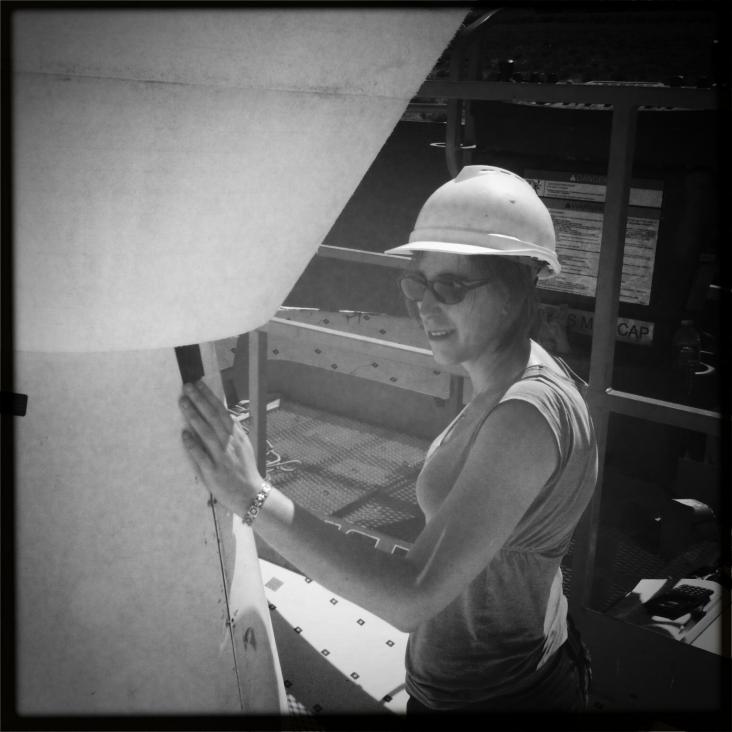The cosmic microwave background power spectrum out to ℓ= 1400 measured by the Very Small Array
Monthly Notices of the Royal Astronomical Society Oxford University Press (OUP) 341:4 (2003) l23-l28
The Very Small Array
AIP Conference Proceedings AIP Publishing 616:1 (2002) 72-78
The radio source counts at 15 GHz and their implications for cm-wave CMB imaging
Monthly Notices of the Royal Astronomical Society Oxford University Press (OUP) 327:1 (2001) l1-l4
Characterising the Performance of High-Speed Data Converters for RFSoC-based Radio Astronomy Receivers
Monthly Notices of the Royal Astronomical Society Oxford University Press (OUP)


